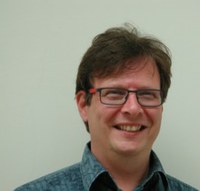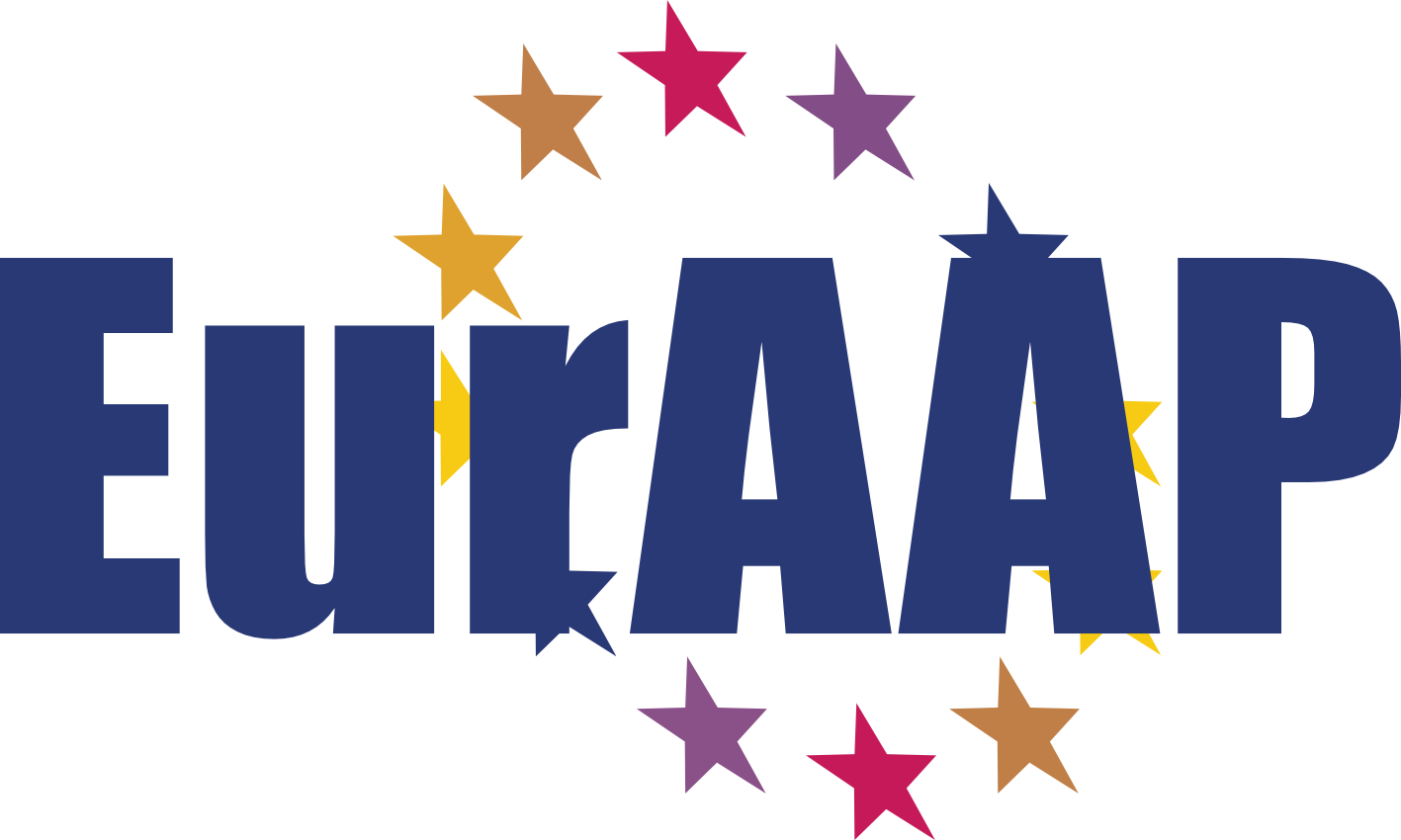IS05: Channel Modeling for Dependable Vehicular Connectivity
Wednesday - 3:00-3:40pm - Room Bordeaux
Christoph F. Mecklenbräuker
TU Wien, Vienna, Austria

Abstract
Vehicles and other road users will be linked to each other and the road infrastructure to make traffic more efficient, cleaner, and safer. For example, Vehicle-To-Vehicle (V2V) and Vehicle-To-Infrastructure (V2I) communication enables cooperation and intelligent route management in transport networks. To achieve these ambitious goals, wireless links must become dependable : The information relevant for intelligent transport systems (ITS) shall be shared reliably within a tolerated latency.
Challenges for cooperative ITS are posed by the nonstationary time–frequency-selective fading processes in vehicular channels. Fortunately, the nonstationary vehicular fading may be characterized by assuming local stationarity for a finite region in the time-frequency plane. For such region, the wide-sense stationarity and uncorrelated scattering assumptions hold approximately. Thus, it makes sense to characterize the channel by a local scattering function (LSF). Estimates for the LSF from measurements collected in the DRIVEWAY’09 campaign are discussed focusing on ITS scenarios. Subsequently, the time–frequency-varying power delay profile (PDP) and the time–frequency-varying Doppler power spectral density (DSD) are discussed. Based on these, the time–frequency-varying delay and Doppler spreads are evaluated. High delay spreads are observed in situations with rich scattering, whereas high Doppler spreads characterize drive-by scenarios. These propagation-related channel characteristics translate into packet transmission error sequences exhibiting strong temporal dependencies. Finally, we discuss packet error models of low complexity for large-scale cooperative ITS emulation.


















